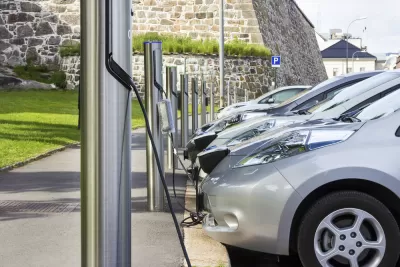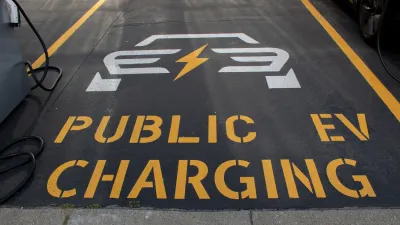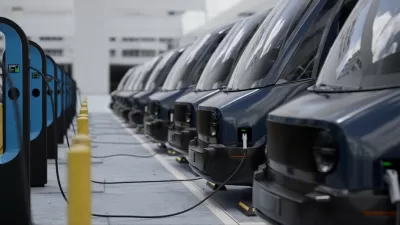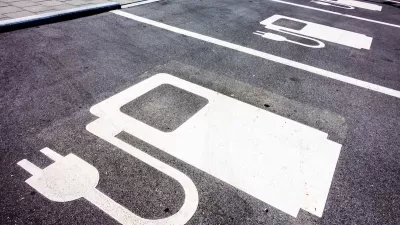Over a decade ago, automakers predicted that every new car would be a hybrid by 2020. Why were they so off the mark?

In 2008, an IBM report "asked 125 auto industry executives about their predictions for what cars would be like in 2020. The resulting report predicted every car by 2020 would be a hybrid," writes Aaron Gordon. Yet the actual numbers are nowhere close: only about three percent of new cars sold in 2020 were hybrids, an extremely modest increase from 2.4 percent at the time of the report. Automakers also wrongly predicted a trend toward smaller, more efficient vehicles. In fact, "as quickly as the economy recovered and gas prices fell, consumers returned to buying the biggest trucks and SUVs they could find." Meanwhile, hybrids became associated with Hollywood elites, decreasing their appeal for many ordinary Americans.
Dan Sperling, professor at University of California, Davis and founding director of the Institute for Transportation Studies, more accurately predicted the pace of hybrid and EV adoption. But Sperling thinks the current situation is different. According to Sperling, "the combination of reduced battery costs and future regulations both in the U.S. and abroad will ensure auto companies follow through" on new plans to boost EV production and sales. "Even if the federal government doesn't enact EV mandates, California will, Sperling said, and many states will likely follow. He predicted the needle won't move much before 2026, but after that, expect the market to take off."
FULL STORY: Experts Predicted All Cars Would Be Hybrid by 2020. Why Were They Wrong?

Planetizen Federal Action Tracker
A weekly monitor of how Trump’s orders and actions are impacting planners and planning in America.

Congressman Proposes Bill to Rename DC Metro “Trump Train”
The Make Autorail Great Again Act would withhold federal funding to the system until the Washington Metropolitan Area Transit Authority (WMATA), rebrands as the Washington Metropolitan Authority for Greater Access (WMAGA).

The Simple Legislative Tool Transforming Vacant Downtowns
In California, Michigan and Georgia, an easy win is bringing dollars — and delight — back to city centers.

The States Losing Rural Delivery Rooms at an Alarming Pace
In some states, as few as 9% of rural hospitals still deliver babies. As a result, rising pre-term births, no adequate pre-term care and "harrowing" close calls are a growing reality.

The Small South Asian Republic Going all in on EVs
Thanks to one simple policy change less than five years ago, 65% of new cars in this Himalayan country are now electric.

DC Backpedals on Bike Lane Protection, Swaps Barriers for Paint
Citing aesthetic concerns, the city is removing the concrete barriers and flexposts that once separated Arizona Avenue cyclists from motor vehicles.
Urban Design for Planners 1: Software Tools
This six-course series explores essential urban design concepts using open source software and equips planners with the tools they need to participate fully in the urban design process.
Planning for Universal Design
Learn the tools for implementing Universal Design in planning regulations.
Smith Gee Studio
City of Charlotte
City of Camden Redevelopment Agency
City of Astoria
Transportation Research & Education Center (TREC) at Portland State University
US High Speed Rail Association
City of Camden Redevelopment Agency
Municipality of Princeton (NJ)





























